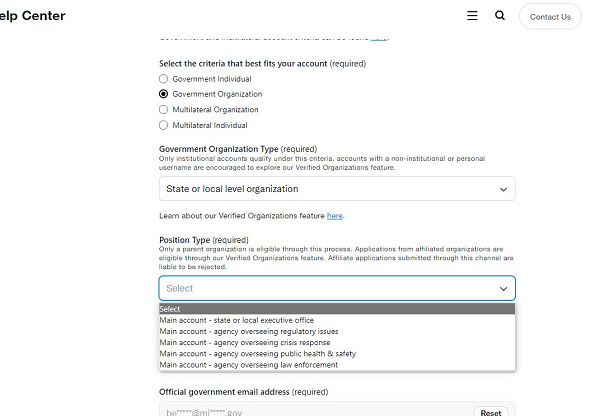One of the most humorous element of Elon Musk’s takeover at Twitter has been watching how much, for all Musk’s overt claims and noise, everything about the company’s approach is still pretty much the same as it has been in times past.
I mean, sure, he’s reinstated a heap of previously banned accounts, many of which have been re-banned again, and he’s also made the platform less welcoming for advertisers by upping the parameters for content removals, and allowing Community Notes to be added to promoted tweets.
But in terms of rules and approaches, Twitter’s either pretty much the same as it was, or it’s slowly reverting back to its old systems, as Musk and his Twitter 2.0 team learn why those original rules had initially been put in place.
Take, for example, verification, which Musk initially used as a real ‘changing of the guard’ element, a statement that things would now be much different under his regime.
Twitter’s current lords & peasants system for who has or doesn’t have a blue checkmark is bullshit.
Power to the people! Blue for $8/month.
— Elon Musk (@elonmusk) November 1, 2022
Musk and Co. then hastily rolled out their new $8 verification plan, which led to an immediate flood of impersonations and issues, which forced Twitter to shut it down within just a few days.
Which everybody had predicted would happen – but Elon was keen to push ahead with his new strategy anyway, which also saw him then forced to up the price to avoid losing out due to app store taxes.
A month later, when Twitter re-launched verification, new parameters had been added, which immediately began to mirror the ‘lords and peasants’ system that Musk had criticized. Government entities and businesses would have separate classification, while Twitter would implement new checking measures to minimize impersonation, including the removal of the checkmark whenever a Twitter Blue subscriber changed their username of profile image.
Those parameters make sense, of course, but again, the changes moved the system more into line with how Twitter had previously managed this element, while Twitter then also gifted verification to its top 10,000 advertisers, as well as individuals with over a million followers, in recognition of their importance to the app.
In other words, Twitter’s still giving out verification, based on its own internal criteria, and those users are indeed being treated differently. Not only do these profiles not have to pay for a verification tick, they also don’t even need to apply – essentially, the Twitter 2.0 team has now recognized that these users need verification in order to protect their identity in the app, which is exactly what the original verification process was implemented to address. And now, through its own trial and error, Twitter has come to the same conclusion as its previous management, though Musk and Co. continue to frame it otherwise.
That’s been further underlined again this week, with Twitter launching a new application procedure for government affiliated profiles, which includes a range of checks and qualifiers to confirm your identity and eligibility for the marker.

Which makes sense – Twitter wants to ensure that those who are given a grey checkmark are indeed who they say they are. But again, this just moves the system more into line with what it was, and while anyone can now buy a checkmark if they want, the suggestion that Twitter is taking some radically different approach here is inaccurate, and belies the reality of its approach.
You could say the same about its various functional additions, like longer tweets, subscriptions and Community Notes. All of these were either in development or released long before Elon took over, with Twitter simply clearing its experiment deck, and framing each as a new option.
For all the noise about change at the app, Twitter’s actually not far removed from its previous state, with many of the rule changes and updates that Elon has also implemented either being rolled back, due to issues in application, or reformed into similar rules to what they had previously been.
Twitter’s also still bowing to government requests, with Indian, Chinese and Russian seemingly authorities now seemingly getting better treatment under Musk, despite Musk’s ‘Twitter Files’ project which proclaimed to uncover similar initiatives in which Twitter had worked with government groups.
Twitter’s still the same, it’s just that the person making the call on how it operates is different. Which may be viewed as a better situation by some, but the idea that Twitter is now more open, less restricted, and less influenced by management is not correct.
The only real difference is that Twitter wants to charge people more money for using its tools, be it via verification, API usage, etc. But it’s interesting to note that its systems are still largely the same, and with far fewer staff, it’s difficult to see how Twitter’s going to implement significant changes in order to further advance its offerings.
But I’m sure that Elon has a plan, which goes beyond simply bullying users into paying him $8 a month for increased tweet reach.
Maybe Tucker Carlson’s new show is the next stage of Twitter’s content and creator focus, that’ll bring more users to the app.



